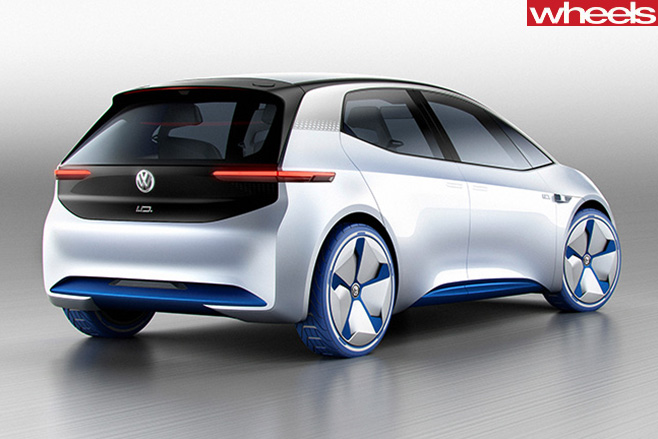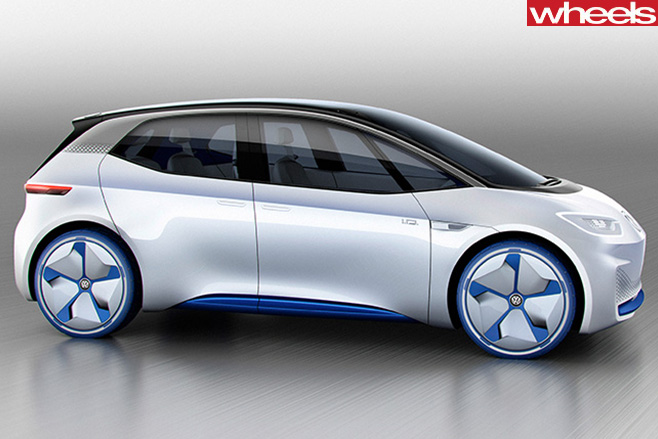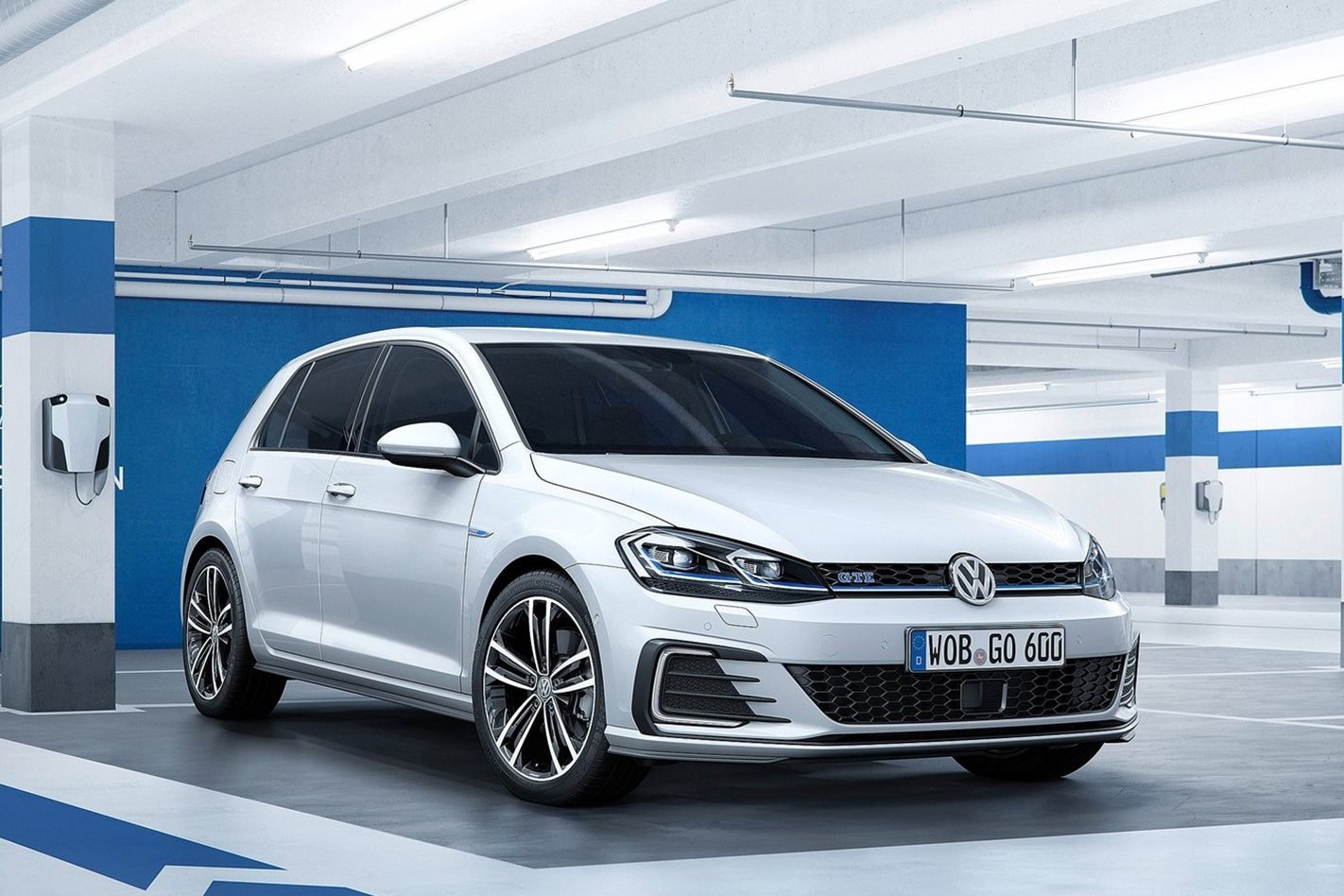While dense European and Asian cities are expected to experience rapid uptake of electric vehicles in the next decade, Australia – both its people and its government – has until now proved reluctant to embrace an electron-powered motoring future.
But that may change quickly, and Volkswagen’s local arm says it will be poised to take advantage of any shift in market demand for electrified passenger cars.
With a family of all-electric vehicles built off its EV-specific MEB platform due to launch from 2019, Volkswagen’s Aussie showrooms could quickly find themselves hosting a range of battery-powered commuter cars.
But there will need to be some seismic shifts in the market first.
Speaking to Wheels, Volkswagen Australia’s head of product planning Jeff Shafer admitted the local market had yet to truly warm to the idea of combustion-less motoring.
“It’s a part of the market that really hasn’t grown as quickly as I might have expected,” he said.
“Up until now we really haven’t seen the breakthrough combination of affordable price, long enough range and packaging.”

However those products are not expected to come our way, at least not yet. Shafer said there are no immediate plans to bring existing VW plug-ins to Australia, but the company was nevertheless dipping its toes in the battery-electric pool.
“I wouldn’t suggest that we’re not going to offer GTE type product in the future as well … however we don’t have a plan today to bring that kind of car out. Having said that, we’re actually in the process right now of putting a charging station at our headquarters, which gives us a tangible step towards a future with EVs.”
Volkswagen will watch the market closely over the next few years, biding its time until the first of its MEB-platformed electric cars makes its debut overseas. With substantial single-charge ranges and passenger-focused packaging, it’s these models – which are expected to kick off with a Golf-sized hatch and a family-sized people mover – which hold the most promise for Volkswagen Australia’s transition to an electrified showroom.
According to Shafer, the first MEB offering will boast the “footprint of the Golf with the interior size of the Passat”.
Price premiums over conventionally-powered options are also expected to be modest, rather than the tens of thousands asked by the current crop of EV options.

“It’s close to the end of the decade [for MEB] so there’s a bit of time I suppose to ready ourselves but also to see how the market develops.”
“If you have a range of 400km for example – and I think they’re projecting 80 percent charge in 20-30 minutes [for MEB] – those sorts of things really make it move beyond a ‘take a chance’ or a ‘not really sure’ proposition.”
“However as good as the MEB product looks on paper it’s maybe not the ‘silver bullet’ solution. It takes a particular customer. You have to have a garage to charge it overnight, for example.”
“There might be a range of solutions,” Shafer said, leaving the door open for plug-in hybrids to slot in beside the MEB range.
Australian government policy regarding EV car incentives has lagged behind that of many other countries in the developed world, with no Federal Government support for buyers of zero-emissions vehicles. However, Shafer believes government subsidies aren’t necessarily holding EV uptake back in this country.
“That type of government policy could accelerate the uptake of electric vehicles, but whether or not that’s the difference between success or failure I’m not so sure,” he said to Wheels.
“When the product is good enough to appeal to the head as well as the heart, the premium is small enough over an internal-combustion engine car, and I don’t have to change my lifestyle to suit the car – which is really about range and ease of charging – I think we’ll see those cars be adopted fairly widely.”
“Infrastructure in terms of charging stations has been a little bit of a sticking point. But ranges between 200 and 400km starts to get into the realm of not impinging on your lifestyle.
“And at that point, even without that charging infrastructure, we’ll start to see [EVs] become popular.”





